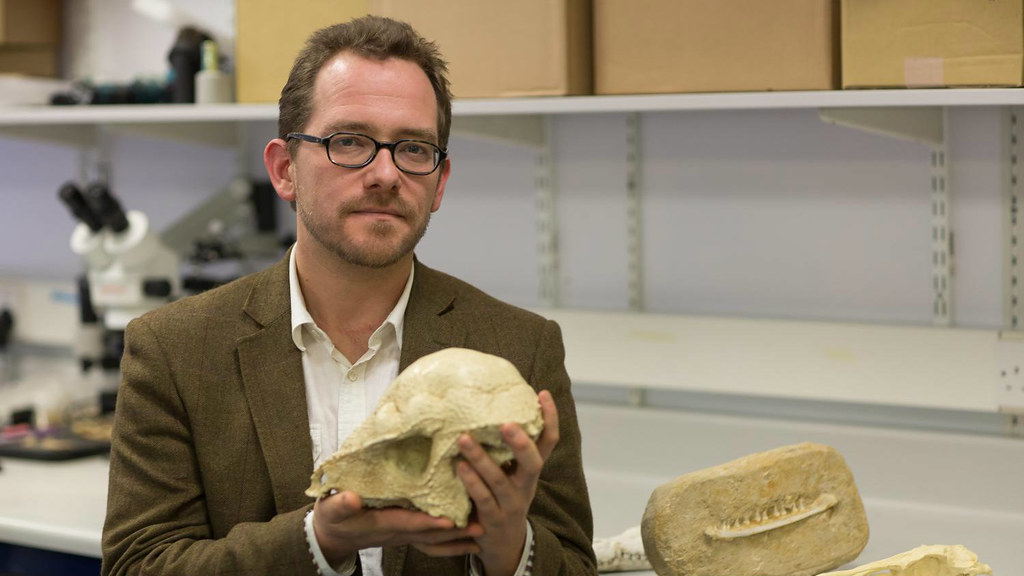Scientists from the Milner Centre for Evolution, based at the University of Bath, have been awarded almost £1 million by the Leverhulme Trust to investigate the mass extinction event that wiped out the dinosaurs.
Mass extinction
Led by Dr Nick Longrich, from the University’s Department of Biology & Biochemistry, the team will use genetic and fossil based analyses to better understand the patterns of extinction and formation of new species around the time of the mass extinction event caused by a meteorite hit in the Cretaceous-Paleogene (K-Pg) boundary, around 66 million years ago.
The researchers hope to find out whether there is evidence that extinction was happening at a higher rate than usual before the great event. They will also compare how different species were affected. This will in turn help scientists understand the rate and extent of recovery for various species, giving a better picture of what happened after this event, which not only killed the dinosaurs but also more than 93 per cent of mammal species.
What drives evolution?
Dr Longrich commented: “While Darwin believed that evolution was fundamentally affected by the gradual action of everyday processes, fossils suggest that catastrophic forces play a major role in driving evolution, and are necessary to understand the origins of modern biodiversity.
“By re-examining the mass extinction and radiation across the Cretaceous-Paleogene boundary 66 million years ago, this project will study fundamental processes that generate diversity and expand our understanding of the mechanisms driving evolution.”
Milner Centre for Evolution
The grant from The Leverhulme Trust, part of the charity’s Research Leadership Award scheme, follows the recent award of £500,000 by the Wolfson Foundation towards the capital cost of the Milner Centre for Evolution’s new building on the University of Bath’s Claverton Campus.
Today marks the start of building of the Centre, which aims to answer the fundamental questions of how life has evolved, and apply the latest research findings to address real-world problems and promote the dissemination of evolutionary science.
The Milner Centre for Evolution, based within the University’s Department of Biology & Biochemistry, is named after Bath alumnus Dr Jonathan Milner who donated £5 million towards the establishment of the centre in 2015.
Director of the Milner Centre for Evolution, Professor Laurence Hurst said: “It is our vision that the Centre will strengthen Bath as the national, if not international, focus for evolution-related research and outreach.
“So we’re delighted to see the momentum growing behind the Milner Centre with significant new research funding and start of the building project.”
The new building is due to open in May 2018.
An impressive 85 per cent of the University’s Biological Sciences research was judged as world-leading or internationally excellent in the recent independently-assessed Research Excellence Framework 2014.
If you liked this article, you may be interested in:
Ground-breaking marks start of building work for new Milner Centre for Evolution
Warming temperatures can reduce marine diversity but increase freshwater species

